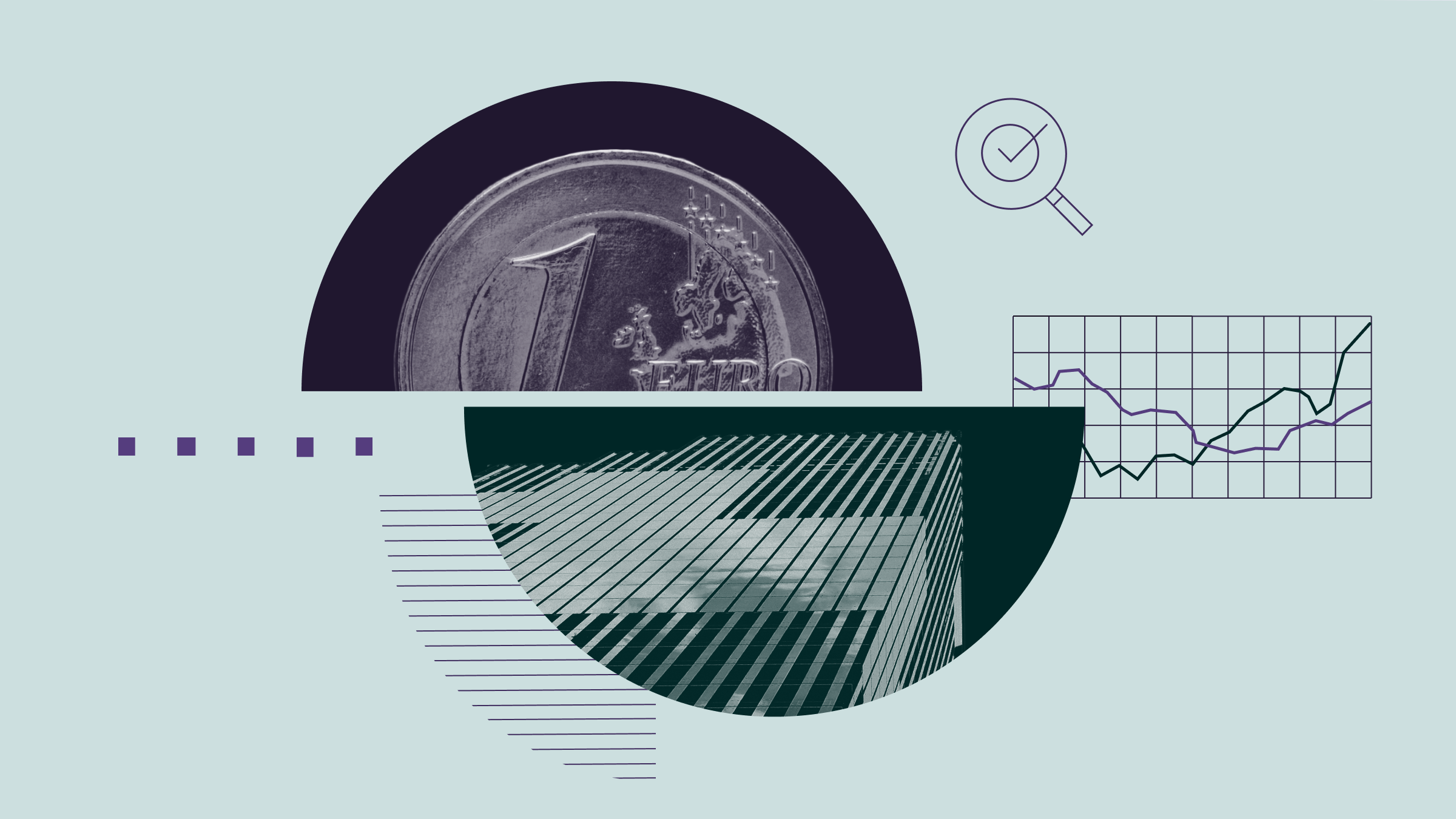In the past three years from 1 July 2014 to 30 June 2017, Russian equities have fallen 17.5% while U.S. equities have increased 31.7%. There are a number of reasons cited for this difference including a 60% drop in oil prices and the application of international sanctions. But beyond the headlines the fundamental developments are encouraging.

Russia is seen by many to be a scary place to invest

Russia is seen by many to be a scary place to invest. Stock market volatility tends to be significantly higher than markets such as the US, leading many people to demand a large discount to account for this perceived instability. This fear-factor is mostly accounted for via lower price multiples.
In fact, an investor only needs to hold the Russian equity market for just over six years and it will theoretically pay for itself via the earnings it derives – and any additional earnings growth would reduce this period. The same investor would need to hold the U.S. equity market for more than 22 years. When thought of this way, the discount that gets factored in means that each invested dollar in Russia earns almost 3.5x the amount of earnings than the same dollar invested in the U.S.
While this ‘cheapness’ may seem enticing, a clear problem has been that the discount has expanded, as we have seen the U.S. P/E ratio expand by 27% over the past 10 years whilst the Russian P/E ratio has declined by -12%. This can leave some investors to believe that Russia is perpetually cheap, raising questions regarding whether it is a value trap or not.
Could Russia be a Value Trap?
A value trap typically occurs when there is a downward shift in fair value so it is worthwhile thinking about the things that could cause such value destruction. For example, the most obvious would be the absence of the rule of law or a dramatic deterioration in the long-term oil price.
Regarding the latter, a large part of the valuation discount could be attributable to the unreliability of the oil price in a world that is continually evolving its energy supply chain. On this basis, the link between Russian profit margins and the oil price continues to be very important and adds to the instability of its earnings profile.

There are also concentration issues that are likely to contribute to the discount. In fact, at a sector level, energy still accounts for around 50% of the MSCI Russia index. At a stock level too, three companies alone – Sberbank, Gapzrom, and Lukoil – account for approximately 50% of the market.
While this top three has remained unchanged for several years and represents a hefty amount of stock-specific risk, there has been a notable change in stock leadership which represents an improvement in the quality of the market. One of the lowest quality companies, Gazprom, which used to account for 35% of the index 10 years ago, now represents around 15.5% of the market.
Meanwhile, Sberbank, a high-quality franchise, has risen in prominence to now represent 18% of the index, from less than half of that 10 years ago. Additionally, strong franchises such as Novatek, a gas company, and Magnit, a food retailer, now represent 14% of the index combined, from as low as 2% only 10 years ago.
Therefore, the first element of the Russian puzzle is to realise that it is not reasonable to just look at the evolution of the P/E ratio and declare that Russia is cheap. The better way to think about it is to establish a baseline that an investor can work with.
Looking Under the Covers
What is interesting in this regard is that the return-on-equity (ROE) has remained seemingly healthy. With relatively strict government control over many of the corporations, we have witnessed double-digit ROEs that corporations in many developed nations would yearn for.
We have also witnessed a seemingly progressive dividend pay-out policy, as the government purportedly aspires to increase the total pay-out ratio from pre-crisis levels of around 15-25% up to a pay-out ratio closer of 50% and it has already increased to approximately 40%. With Russian stocks prices still under pressure, this has resulted in dividend yields rising considerably, from pre-crisis levels of just 1.5% up to the current yield of approximately 4.5%, which places it in the cheapest decile of the last 20 years.
Stress Testing the Opportunity in Russia
At this stage, one should realise that the fundamental developments make Russia an interesting story. However, in order to fully comprehend the wide range of outcomes, we believe it is prudent to stress test the market using fundamental scenario analysis. The net impact is that the Russian opportunity could experience a very wide range of outcomes, from negative annual returns through to strong double-digit returns, although the probabilities are certainly skewed to the upside.
Therefore, while there is no denying Russia is a more volatile offering, a valuation-implied return of approximately 9% per year for the next 10 years is compelling in an environment where there are very few assets trading below their ‘fair’ value.
There seems to be a solid case that much of the downside is already priced in, but it may not be appropriate for all risk profiles.



























